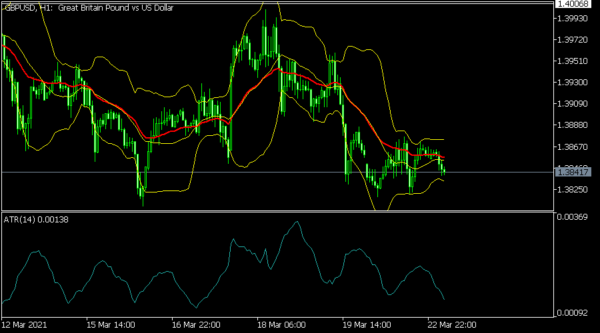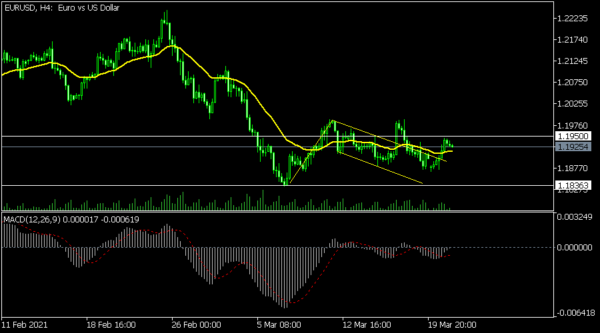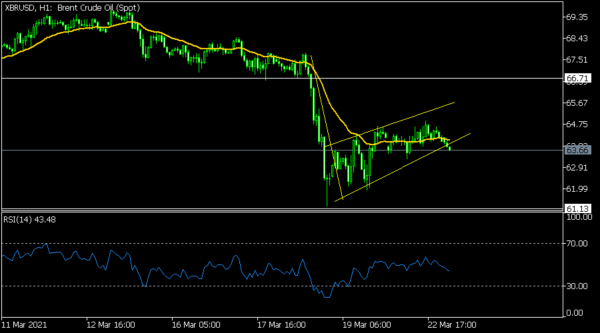US stocks rallied as the recent fears of high inflation in the United States eased. The Nasdaq 100 index rose by 1.2% while the S&P 500 and Dow Jones indices rose by 0.7% and 0.3%, respectively. This performance happened as the yield of the 10-year US government bond declined to 1.62% from last Friday’s 1.72%. Yields have soared in the past seven consecutive weeks, hurting the technology sector that has flourished due to low-interest rates. The indices rose after the Fed Chair touted the recovering US economy, which he said was doing better than previously expected. He will testify in two congressional committees on Tuesday and Wednesday.
The British pound held steady in the American and Asian sessions ahead of the important UK employment numbers that will come out in the morning session. The median estimate by analysts is for the overall unemployment rate to rise from 5.1% to 5.2% in January. This rate has been stronger than in the United States and the European Union because of the UK’s furlough program. Analysts also expect the average earnings without bonus rising from 4.1% to 4.4%. With the bonus, they see it rising from 4.7% to 4.9%.
The US dollar declined slightly after the relatively weak UK existing home sales numbers. According to the National Association of Realtors, the overall existing home sales numbers declined by 6.6% in February after rising by 0.2% in January. This decrease was significantly worse than the median estimate of 3.0%. In total, sales rose from 6.6 million to 6.22 million. Later today, the Census Bureau will publish the latest new home sales numbers. The estimate is for the new home sales to decline by 6.5% to 875,000.
GBP/USD
The GBP/USD pair is trading at 1.3842 ahead of the UK jobs numbers. On the hourly chart, it is slightly below the 25-day moving average. It is also below the important resistance level at 1.400, where it formed a double-top pattern. The price is between the lower and middle lines of the Bollinger Bands while the Average True Range (ATR) has dropped. The ATR is often seen as a good measure of inflation. Therefore, the pair may keep falling today as bears target the next key support at 1.3816, which was the lowest level last week.
EUR/USD
The EUR/USD price rose slightly during the Asian session. On the four-hour chart, it moved above the upper side of the descending channel. It also seems to be forming a bullish flag pattern that is shown in yellow. It is also slightly below the important resistance at 1.1950, which was the lowest level on February 5. The signal and main lines of the MACD are slightly above the price. Therefore, the pair may keep rising but bulls must move above the resistance at 1.1950.
XBR/USD
The XBR/USD pair declined to a low of 63.71, erasing some of the gains made yesterday. On the hourly chart, the pair has moved below the lower line of the bearish flag pattern that is shown in yellow. It has also moved slightly below the 15-day and 25-day moving averages while oscillators like the Relative Strength Index (RSI) and MACD have started to decline. The pair may keep falling as bears target the next key support at 63.00.















